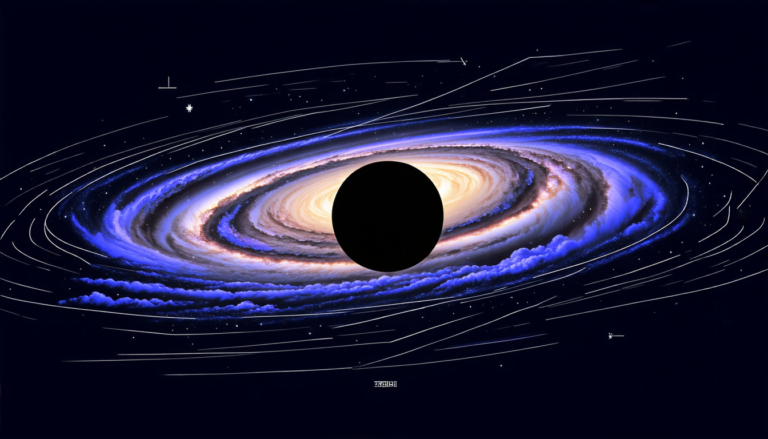Wednesday 30 April 2025
Researchers have long been fascinated by the properties of kagome metals, a class of materials that exhibit unusual electronic behavior due to their unique crystal structure. These metals, which include compounds like AV3Sb5 (A = K, Rb, Cs), have garnered significant attention in recent years for their potential applications in fields such as superconductivity and quantum computing.
One of the most intriguing aspects of kagome metals is their tendency to form charge density waves (CDWs), a phenomenon where electrons condense into a repeating pattern of positive and negative charges. CDWs are thought to play a key role in the materials’ unusual electronic properties, but understanding how they arise has proven challenging due to the complex interactions between the electrons and lattice vibrations.
A new study published today sheds light on this mystery by combining advanced computational methods with experimental measurements. The research team used a technique called phonon fluctuation diagnostics to analyze the behavior of kagome metals under various conditions, including changes in temperature and pressure.
Phonons are quasiparticles that arise from the vibrations of the material’s lattice structure. In the case of kagome metals, these vibrations play a crucial role in mediating interactions between electrons and inducing CDWs. By analyzing the fluctuations in phonon frequencies and intensities, the researchers were able to gain insight into the underlying mechanisms driving CDW formation.
The study revealed that the CDWs in kagome metals are not driven by the usual suspects – such as nesting or Van Hove singularities – but rather by a more subtle interplay between electronic states far from high-symmetry points and phonon modes responsible for the CDW distortion. This finding challenges current understanding of CDW formation in these materials, which has relied heavily on simplified theoretical models.
The researchers also found that the CDWs are highly sensitive to changes in temperature and pressure, with fluctuations in the lattice vibrations playing a key role in this sensitivity. These findings have significant implications for the development of new devices and technologies based on kagome metals, as they highlight the need for precise control over these materials’ conditions.
The study’s authors used advanced computational methods, including density functional theory and Wannier functions, to simulate the behavior of kagome metals under various conditions. They also employed experimental techniques such as angle-resolved photoemission spectroscopy (ARPES) to validate their findings and gain a deeper understanding of the materials’ electronic properties.
Cite this article: “Unraveling the Mystery of Charge Density Waves in Kagome Metals”, The Science Archive, 2025.
Kagome Metals, Charge Density Waves, Phonon Fluctuations, Computational Methods, Experimental Measurements, Superconductivity, Quantum Computing, Electronic Properties, Lattice Vibrations, Quasiparticles







